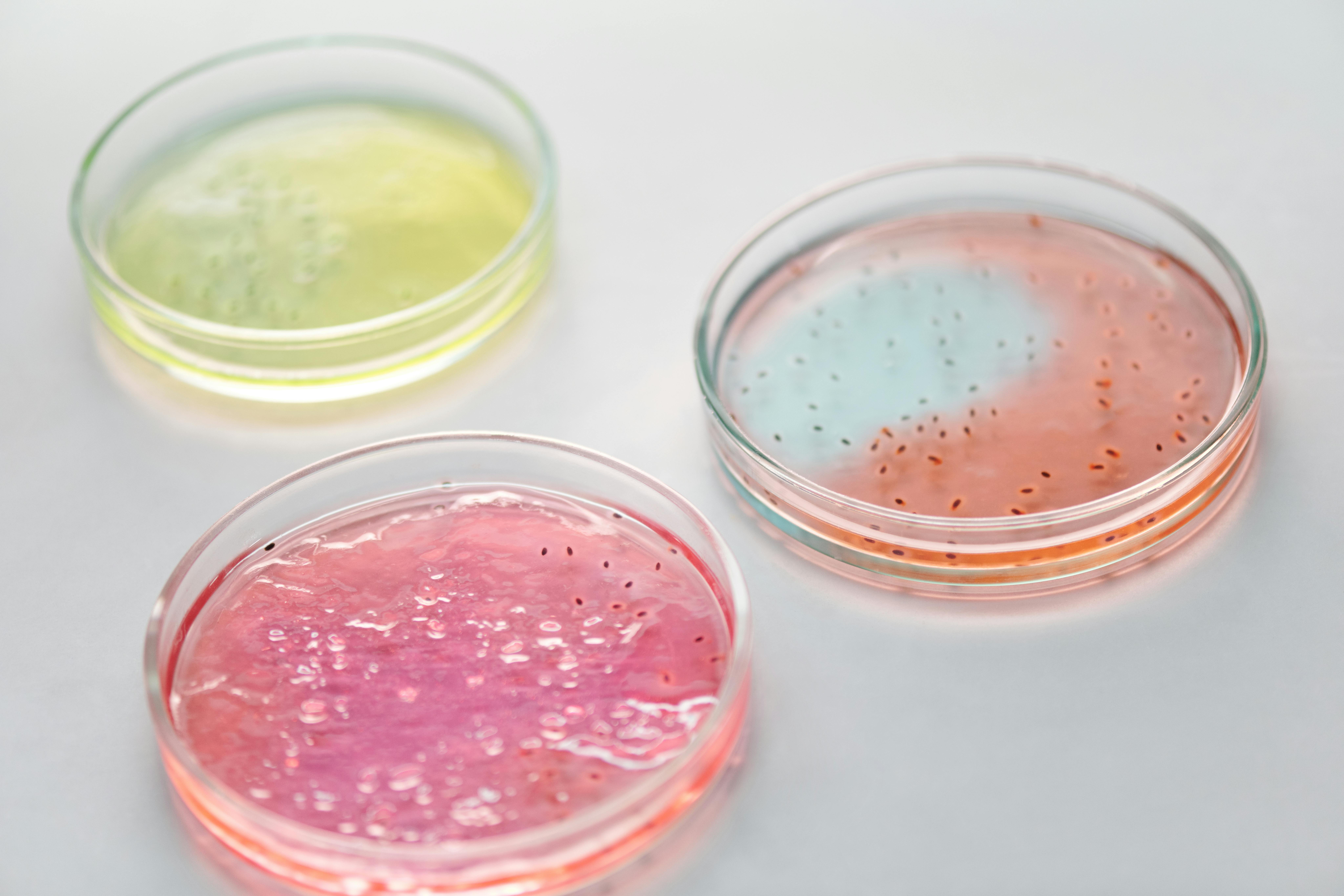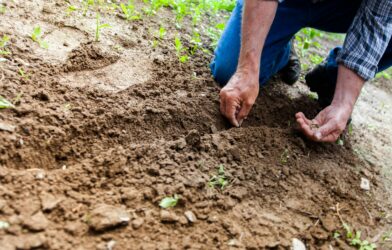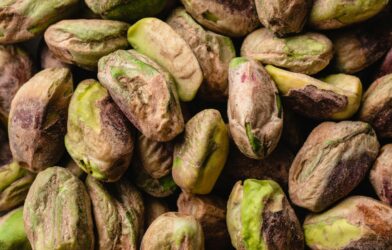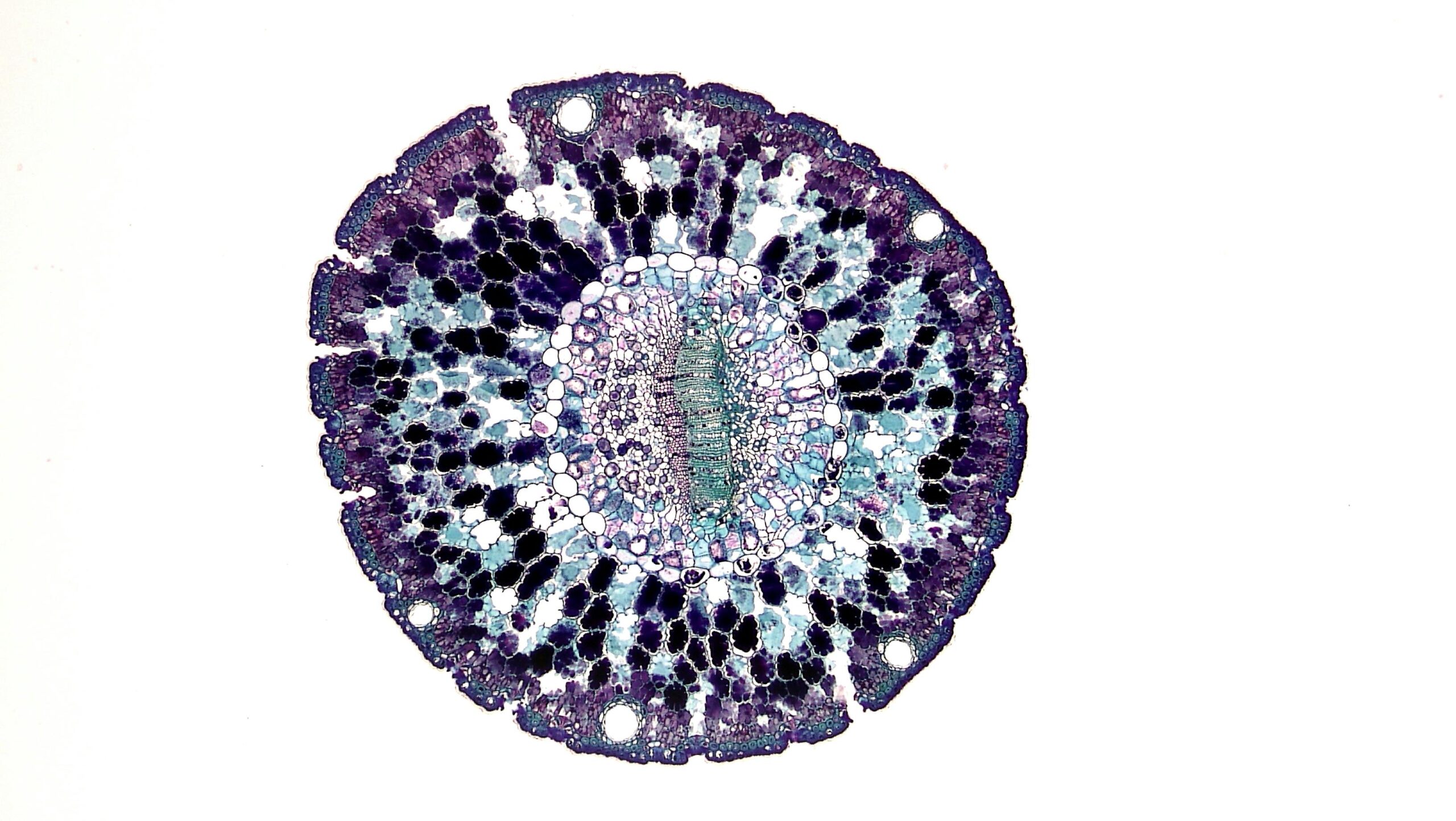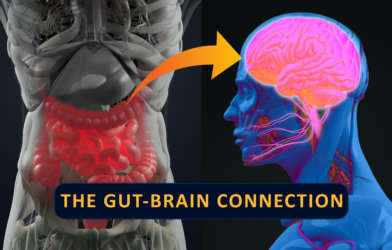A new study from Singapore has revealed that the secret to aging well might not be a miracle pill, but rather the trillions of microscopic life forms living inside your gut. Scientists have long suspected a link between our gut microbiome—the bustling ecosystem of bacteria, viruses, and fungi in our digestive tract—and our overall health. Now, a large-scale study on Asian octogenarians provides compelling evidence that the aging process is tied to a dramatic shift in these tiny residents. The most intriguing finding is that as we age, the diversity of our gut bacteria declines. A specific anti-inflammatory bacterium known to be beneficial, Faecalibacterium prausnitzii, decreases, while other species like Alistipes and Bacteroides become more abundant. This research offers a tantalizing glimpse into a future where promoting longevity is as simple as nurturing the right microbes in our digestive system.
The Microbiome and Aging: A Surprising Connection
This groundbreaking research, published in the journal Nature Communications, found a direct connection between an aging body and an aging gut microbiome. The study, led by a team of scientists from Singapore’s Agency for Science, Technology and Research (A*STAR), looked at how this inner ecosystem changes with age and identified specific microbes that might be targeted to promote healthy aging. For the first time in a large-scale Asian population, they saw a clear pattern: a progressive decrease in the number of different types of gut bacteria as people get older.
A notable result was the decline of a bacterium named Faecalibacterium prausnitzii. This microbe is a superstar in the gut world because it produces a substance called butyrate, a short-chain fatty acid that is vital for our health. Butyrate acts as a primary energy source for the cells lining our colon, helps reduce inflammation, and strengthens the gut’s protective barrier. Its reduction indicates a potential shift in the gut’s ability to perform these essential functions.
On the other side of the coin, the study found a significant increase of species in the Alistipes and Bacteroides groups as people aged. The presence of these microbes suggests a change in how the gut creates energy. Instead of relying on the typical process of converting carbohydrates into butyrate, the aging gut appears to be relying more on a new pathway that uses amino acids for fuel.
What the Study Found: A Look at the Details
To get a complete picture of the bacterial community, the researchers used a sophisticated process called deep shotgun metagenomic sequencing. This technique is like a comprehensive scan of all the DNA from every microbe in a sample, providing a high-resolution, species-level view of what’s living in the gut. The study examined 234 people aged 77 to 97 in Singapore and compared their gut microbiomes to a larger group of younger, healthy individuals, creating a combined sample size of 516 people. The study also took into account health factors like fasting blood glucose and cholesterol levels.
Beyond identifying the microbial shifts, the researchers also linked specific microbes to key clinical markers of health. For example, they discovered associations between certain bacteria and a marker for inflammation (high-sensitivity CRP), cardiometabolic health (fasting blood glucose), and liver function (aspartate aminotransferase). The findings even identified some species as potential probiotics—beneficial bacteria that could be introduced to improve health—and pathobionts, which are microbes that have the potential to cause disease. One example is the association of Parabacteroides goldsteinii with fasting blood glucose levels, a marker for diabetes.
An Unconventional Path to Longevity
The study reinforces the powerful idea that our bodies are a complex ecosystem, and the health of our internal microbial world is deeply intertwined with our own. While more research is needed, this work provides a solid foundation for future interventions that could use the gut microbiome as a target for promoting a longer, healthier life. By understanding which microbes are vital to healthy aging and how they change over time, we may one day be able to prevent or mitigate age-related diseases simply by adjusting the balance of our gut bacteria. The research is not about reversing aging, but about ensuring that as we get older, our bodies function with the vitality of a younger person.
Paper Summary
Methodology
The study used deep shotgun metagenomic sequencing to analyze the gut microbiomes of 234 Asian octogenarians in Singapore. Their data was compared to a larger group of younger, healthy individuals, totaling a combined sample size of 516. The researchers used a generalized linear model to identify microbial species associated with age, accounting for factors like gender, body mass index, and other health markers.
Results
The study found that with age, the diversity of gut bacteria declines. Specifically, the beneficial, butyrate-producing bacterium Faecalibacterium prausnitzii decreased, while species like Alistipes shahii and Bacteroides xylanisolvens increased. This shift suggests a change in how the aging gut creates energy, moving from carbohydrate-based to amino acid-based pathways. The research also linked specific microbes to clinical markers for inflammation, cardiometabolic health, and liver function.
Limitations
The study acknowledges that while statistical methods were used to correct for differences between cohorts, some confounding factors, such as diet and medication use, were not consistently available and could not be fully accounted for across all participants.
Funding and Disclosures
Funding for the study was provided by grants from the Singapore National Medical Research Council (NMRC), the Singapore National Research Foundation (NRF), and the Biomedical Research Council (BMRC). The authors reported no competing interests.
Publication Information
The paper, titled “Gut metagenomes of Asian octogenarians reveal metabolic potential expansion and distinct microbial species associated with aging phenotypes,” was published in the journal Nature Communications. It was published online on September 5, 2024.


